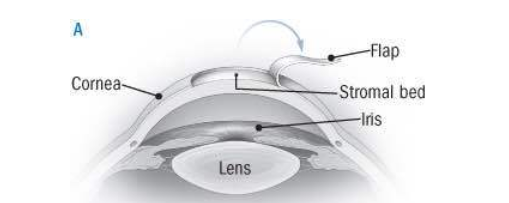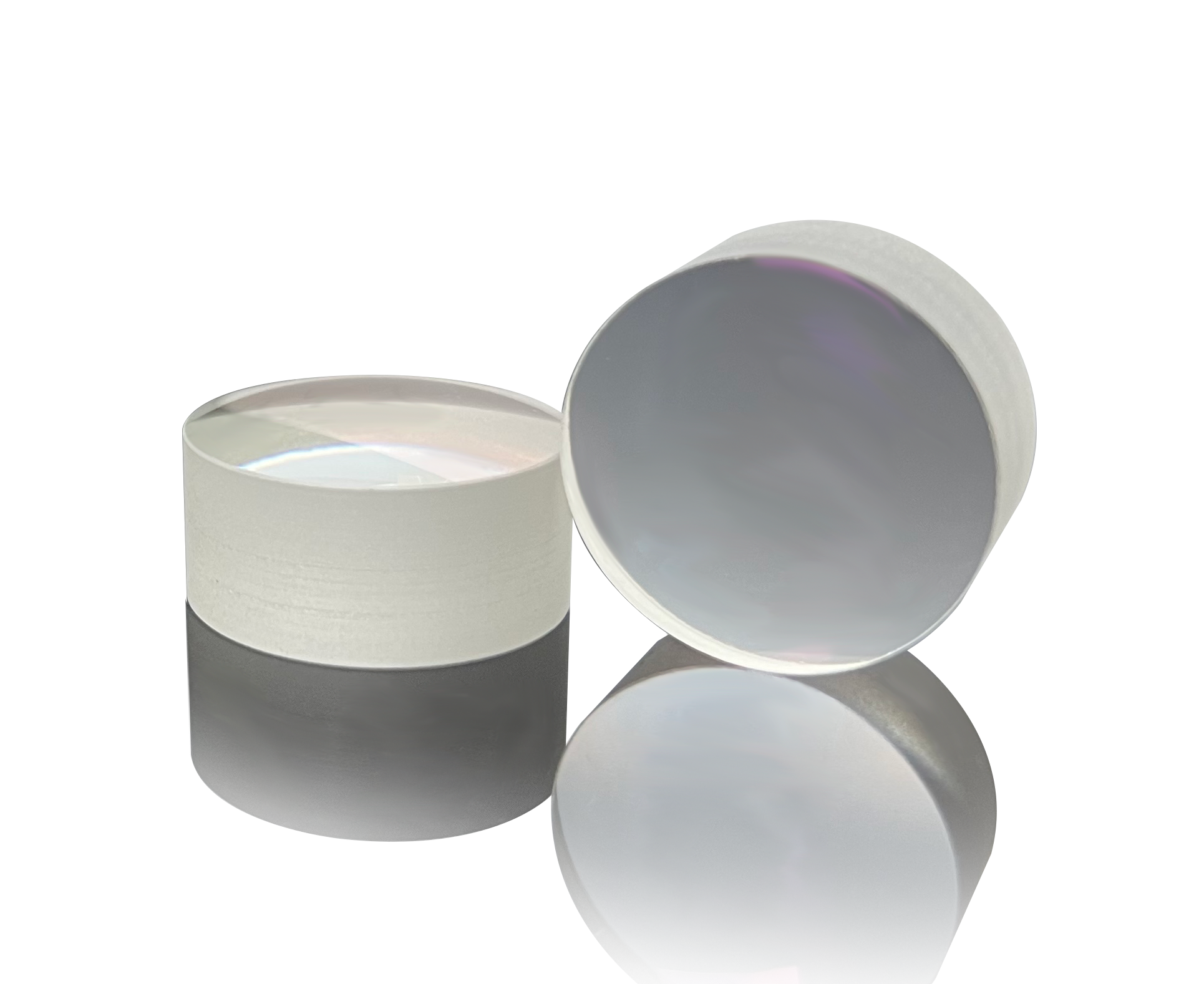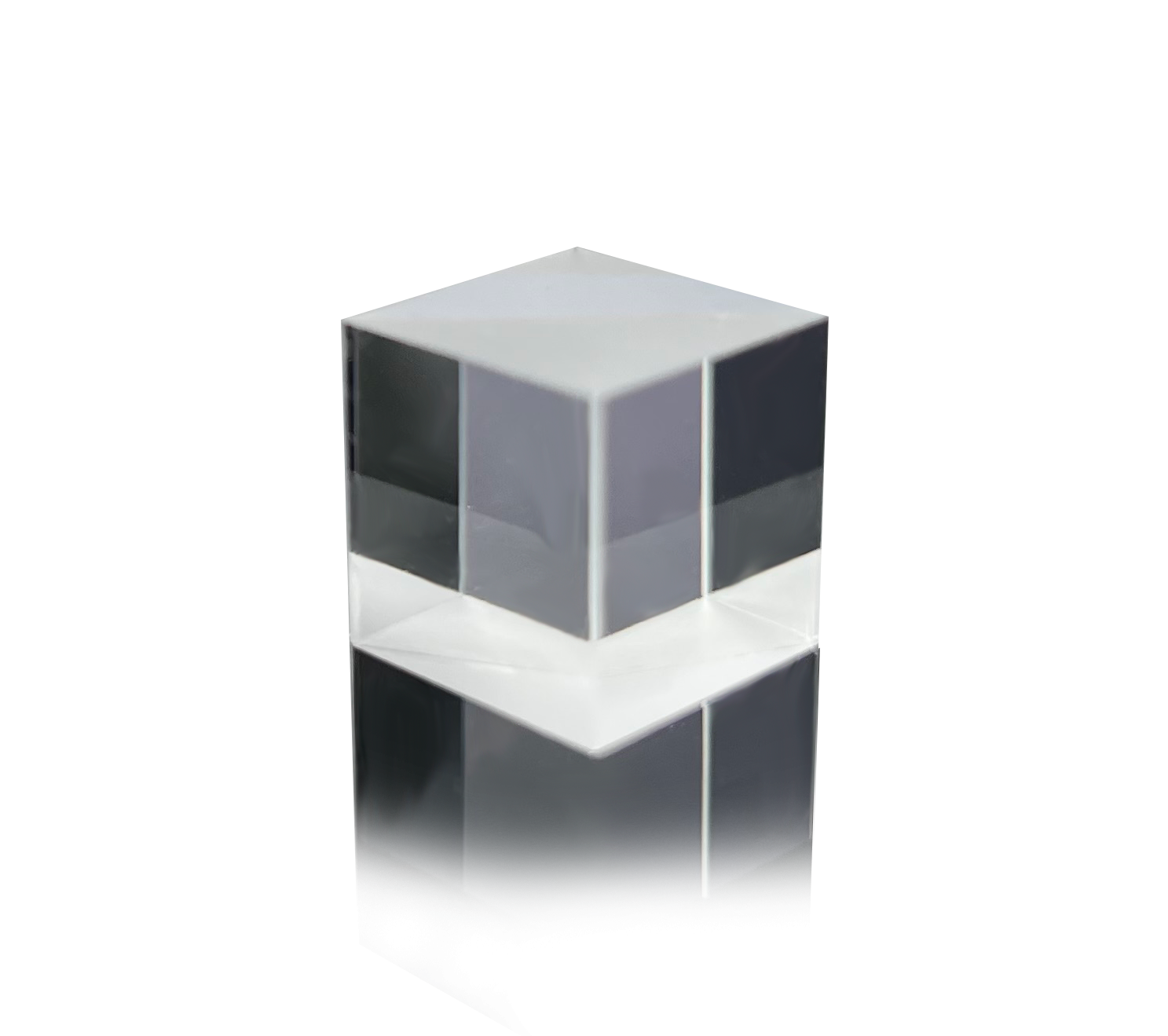Laser is another major invention of mankind since the 20th century, after atomic energy, computer, and semiconductor. It is called “the fastest knife”, “the most accurate ruler”, “the brightest light” and “the strange laser”. . It is about 10 billion times brighter than sunlight. The principle of the laser was discovered by the famous American physicist Albert Einstein as early as 1916, but it was not until 1960 that the laser was successfully manufactured for the first time. The laser came into being under the background of the urgent need of theoretical preparation and production practice. As soon as it came out, it achieved an unusually rapid development. The development of laser not only brought new life to the ancient optical science and optical technology, but also led to the emergence of a whole new industry. Laser enables people to effectively use unprecedented, advanced methods and means to obtain unprecedented effects and results, thereby promoting the development of society.
The concept of laser therapy was introduced in eye surgery in the 1960s. When the different types of lasers and their properties were recognized, laser therapy was rapidly expanded to other fields.
Different laser light sources (gas, solid, etc.) can emit pulsed lasers and continuous lasers, and have different effects on different tissues of the human body. These light sources mainly include: pulsed ruby laser; continuous argon ion laser; continuous carbon dioxide laser; yttrium aluminum garnet laser. Because continuous carbon dioxide lasers and yttrium aluminum garnet lasers have coagulation effects when cutting human tissue, they are the most widely used in general surgery.
The wavelength of laser used in medical treatment is generally greater than 100 nm. The absorption of lasers of different wavelengths in different tissues of the human body is used to expand its medical applications. For example, when the laser wavelength is greater than 1um, water is the primary absorber. Lasers can not only generate thermal effects in the absorption of human tissue for surgical cutting and coagulation, but also mechanical effects. Especially after people discovered the nonlinear mechanical effects of lasers, such as the generation of cavitation bubbles and pressure waves, lasers were used in photo disruption techniques, such as cataract surgery and kidney stone fragmentation surgery. Lasers can also produce photochemical effects that direct cancer drugs with photosensitive mediators to target specific tissue areas, such as PDT therapy. Laser combined with pharmacokinetics plays a very important role in the field of precision medicine.
Based on the thermal effect, mechanical effect, photochemical effect and electromagnetic field effect of laser, different laser sources have the following applications in clinical surgery.
1T Optics’ optical components of 1T Optics can be specially customized according to the characteristics of the laser power, damage threshold, etc. to match the operation of the entire laser system.

(Ophthalmic Refractive Surgery Vision Correction)

(Cardiovascular angioplasty – vasodilation)

(Cosmetic Surgery – Skin Repair)
*The graphic materials are from the Internet, and the copyright belongs to the original author. It is only for reference and learning!





